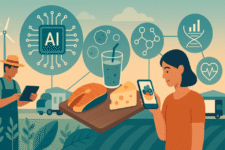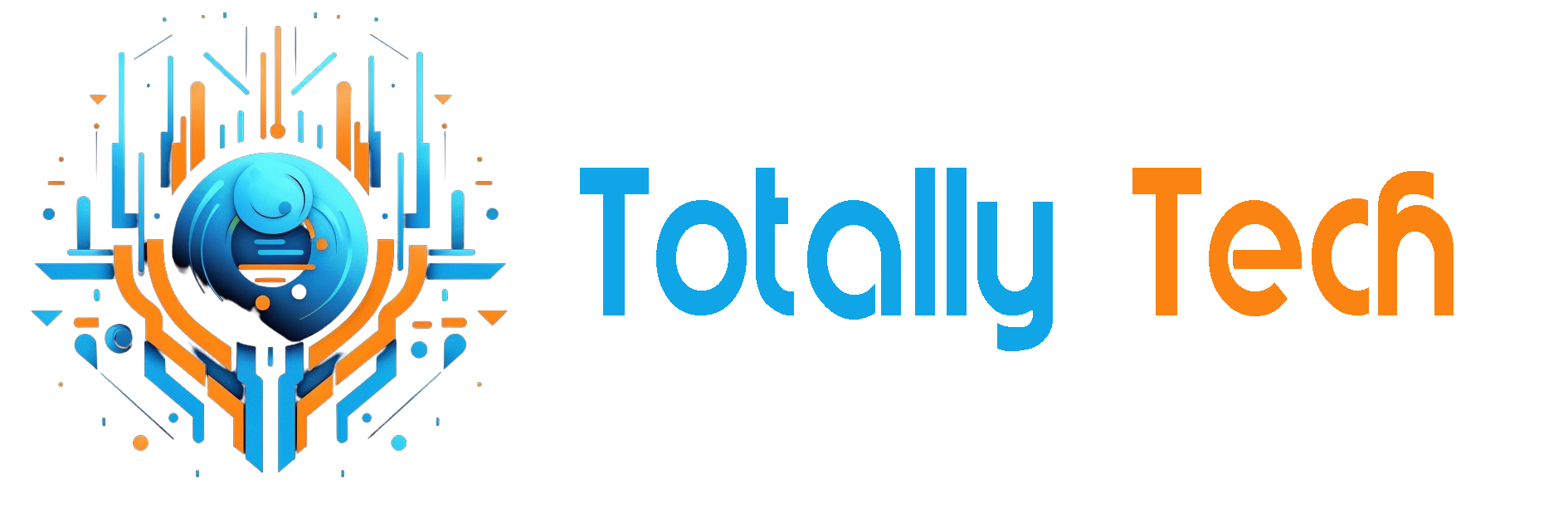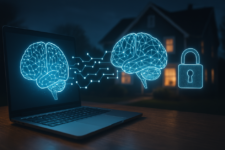
Artificial intelligence is transforming everything: how we shop, how we work, and now, it’s revolutionising what we eat. AI has already helped farmers increase yields by 20-30% and optimised global supply chains, yet, its most profound impact may be on public health. Across the food value chain, from farm to fork, AI is quietly addressing three critical challenges: preventing foodborne illnesses, engineering smarter nutrition, and personalising diets at scale.
Predicting Contamination Before It Happens
According to the World Health Organisation, every year, unsafe food sickens around 600 million people globally – that’s nearly 1 in 10 of us – and results in an estimated 420,000 deaths. Among the most dangerous pathogens is Listeria monocytogenes, a bacterium that survives freezing temperatures and thrives in food processing environments. While relatively rare, listeriosis has a high hospitalisation rate (nearly 90%) and can be deadly – especially for pregnant women, newborns, the elderly, and immunocompromised individuals. On top of human health impacts, recent listeriosis outbreaks linked to ice cream and packaged salads have led to multi-million-dollar recalls and lasting brand damage.
Traditional food safety methods rely heavily on manual inspection and reactive testing, which, often, are not conducted fast enough to prevent outbreaks. This is where AI comes in. Leading this charge, Corbion’s AI-powered Listeria Control Model (CLCM) simulates “deep chill” scenarios to predict contamination risks in ready-to-eat foods like deli meats and soft cheeses. The system analyses pH, water activity, salt content, and nitrite levels to prescribe targeted antimicrobial interventions, giving manufacturers both safety assurance and faster time-to-market.
New technologies are further changing the industry’s preventative approach. For example, Evja’s AI-driven OPI system uses wireless sensors to collect real-time agro-climate data directly from fields – tracking soil moisture, temperature, and nutrient levels. By feeding this data into predictive models, the platform forecasts optimal irrigation schedules, nutrient needs, and pest risks. This empowers farmers to preempt contamination-friendly conditions: over-irrigation, for instance, can create damp environments where pathogens like Salmonella thrive. Such systems have also shown potential to reduce water usage by tailoring irrigation to exact crop needs, helping growers avoid risks while improving crop resilience and demonstrating how smarter resource management enhances both food safety and sustainability.
Companies like FreshSens tackle risks further down the supply chain. The company employs AI and IoT sensors to monitor environmental conditions like temperature and humidity in real-time during storage and transportation. By analysing this data alongside historical patterns, their system predicts optimal storage times for fresh produce, reducing spoilage-related contamination risks. According to company reports, this approach cuts post-harvest losses by up to 40% – a critical advancement for growers and distributors aiming to balance food safety with waste reduction.
Engineering Functional Foods with AI
While AI’s role in food safety is critical, its potential to enhance nutritional quality is equally transformative. One of the most promising applications is in developing functional foods – products fortified with bioactive compounds that provide health benefits beyond basic nutrition.
This is more than a wellness trend. According to NCD Alliance, poor diets are a leading driver of noncommunicable diseases, including obesity, type 2 diabetes, and cardiovascular conditions. Consumers demand food that’s not just healthy but convenient and flavorful. The global functional food market, valued at $309 billion by 2027, represents a pivotal opportunity to bridge this gap.
Historically, discovering bioactive ingredients has taken years. AI accelerates this exponentially. Brightseed’s Forager AI maps plant compounds at molecular scale, identifying metabolites in black pepper that activate fat-clearing metabolic pathways. Their computational platform analysed 700,000 compounds to date, shrinking discovery timelines by 80% versus lab methods, according to Brightseed. While clinical validation continues, this showcases AI’s power to unlock nature’s hidden pharmacopeia for metabolic health. Similarly, startup MAOLAC leverages AI to identify and optimize bio-functional proteins from natural sources like colostrum and plant extracts. Their platform analyses vast scientific databases for protein functions to create targeted supplement additives that address specific health needs, from muscle recovery to immune support, demonstrating AI’s capacity to enhance both nutritional precision and bioavailability.
Formulation is equally crucial. AI models now simulate how ingredients interact during processing – predicting nutrient stability, flavor profiles, and shelf life. This allows companies to digitally prototype recipes, reducing R&D costs. The result? Faster innovation cycles for foods targeting specific needs, from cognitive health to gut microbiome support.
Personalised Nutrition, Powered by Algorithms
While functional foods serve populations, AI can tailor nutrition to individuals. The field of personalised nutrition uses machine learning to analyse over 100 biomarkers (from gut microbiome composition to real-time glucose responses), genetic data, and lifestyle factors to generate dietary advice tailored to someone’s unique biology. This is a fundamental shift from “one-size-fits-all” dietary guidelines to precision-driven nourishment solutions.
Chronic diseases like diabetes often stem from diet-metabolism mismatches. The CDC reports that 60% of Americans now live with at least one chronic condition. While only 2.4M Americans use continuous glucose monitors, January AI’s GenAI app now democratises access to blood sugar monitoring, analysing meal photos via computer vision and predicting glucose impacts using three AI models trained on millions of data points, according to January AI. This no-wearable-required solution could help reach close to 90% of pre-diabetics who are presently unaware of their condition.
What’s Next?
AI won’t replace nutritionists, food scientists, or regulators, and it won’t replace eating real food for optimal health – but it is giving us sharper tools and deeper insights. By integrating AI into every step of the food value chain, we can transition from a system that reacts to health problems to one that actively prevents them.
Of course, challenges remain. Data and algorithms must be representative and trusted – and building that trust takes time. But the opportunity is clear: AI is now enabling a smarter, safer, and more personalised food system – one that, beyond feeding us, has the potential to improve human longevity and healthspan.
The post AI Can Make Our Food Safer and Healthier appeared first on Unite.AI.



